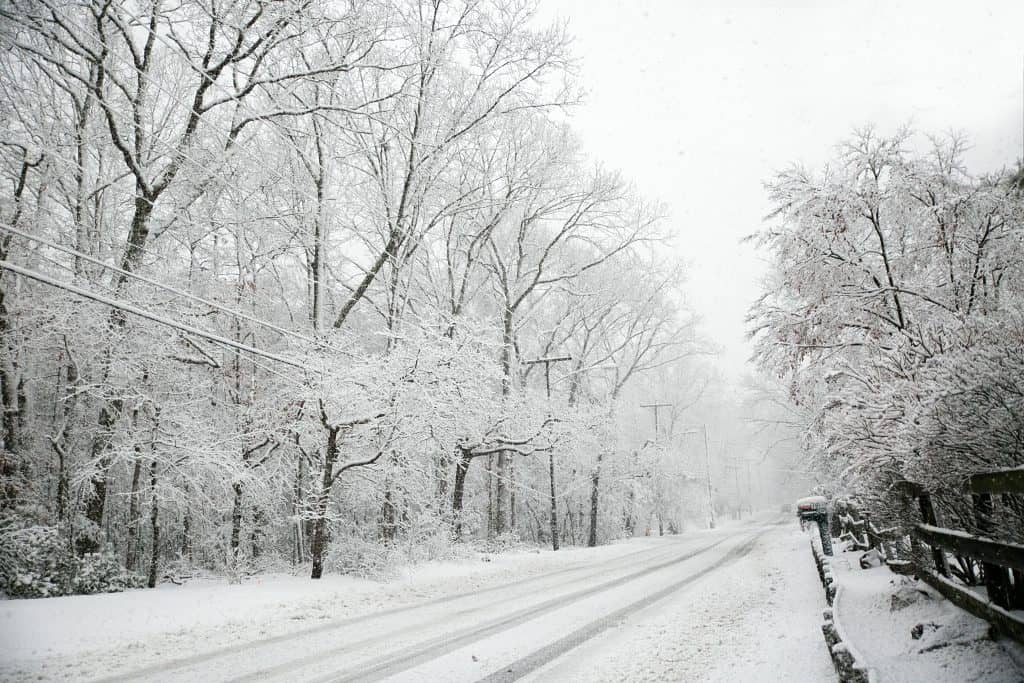
JERSEY SHORE – The sun was shining. The sky was clear. Temperatures were up in the 70s.
No, this wasn’t Memorial Day weekend. This happened in February.
People flooded the parks and playgrounds – back when they were all open – enjoying the unseasonably warm weather.
This past winter was unusual in that there wasn’t much snow. Schools, for example, didn’t have a single snow day.
That doesn’t mean that there weren’t some cold days. Before Mother’s Day weekend, for example, there were snow predictions that didn’t come to fruition. There were a few spring days when the homeless shelters were open because the temperature was expected to drop to freezing overnight.
But – and this is not to jinx us for next year – if it was cold, it didn’t connect with precipitation.
The end result was a savings for nearby municipalities. Every town budgets a certain amount of money expecting to use it for snow removal. But none of the nearby towns spent significant amounts recently.
Some towns are using these savings as a buffer for the revenue lost due to the COVID-19 pandemic, since people out of work are having trouble paying their taxes.
Jersey Shore Online reached out to several large towns and learned that the amount of money they spent on snow removal has decreased over the last few years.

Berkeley Township spent $435,592.76 from July 1, 2017 through June 30, 2018. Compare that to the $12,753.34 from July 1, 2018 through June 30, 2019. From July 1, 2019 until March of 2020 it spent zero.
Berkeley’s Chief Financial Officer Fred Ebenau said that the money, if unused, can be moved to surplus or put into a reserve to use for future storms. It can also be transferred to other line items that need to be funded.
In Toms River, they spent $944,415.96 from July 1, 2017 through June 30, 2018. That million dollars dropped to $187,912.66 for the period of time from July 1, 2018 through June 30, 2019. From July 1, 2019 until March of 2020 it spent zero.
There are options on what to do with the unspent money, Toms River Business Administrator Don Guardian said. They can transfer it to surplus for the current year, or the next; they can transfer it to other line items; or they can “charge off” funding to the Storm Recovery Trust Reserve located in the Trust fund. Funding here accumulates from year to year and can be utilized to help offset costs associated with storms or other declared disasters.
The township budgets approximately $400,000 annually for costs directly related to snow storms. “In the past we have both cancelled balances and charged off to the trust reserve,” he said.
Howell told a similar tale, except they actually had some snowfall this season.
They spent $808,020.71 from July 1, 2017 through June 30, 2018. This dipped to $314,707.27 for the period of time from July 1, 2018 through June 30, 2019. From July 1, 2019 until March of 2020 it spent $11,451.98.
Why has the amount that the township spends on snow removal gone down every year? Is it climate change? Or was it that the towns got lucky with how the storms played out?
A large storm could easily cost $300,000 in snow removal in a big town, but if the temperature wasn’t cold enough, that blizzard becomes just a really rainy day.
Also, many towns won’t send the plows out for a light snowfall – less than an inch – on a weekend.
Does the lower cost of snow removal suggest that the area is getting warmer?
Sarah Johnson, a meteorologist with the National Weather Service, said it’s hard to say that it’s climate change. Climate change is more something that happens on a global scale over a period of decades. Therefore, it’s difficult to classify something that happens in a small area for just a few seasons as climate change. There are other factors at work.
The storm track kept storms to the north and west of our area. “We stayed in relatively warmer conditions for most of the winter.”
Other places, like northern Maine, received well above normal snowfall for a season.






